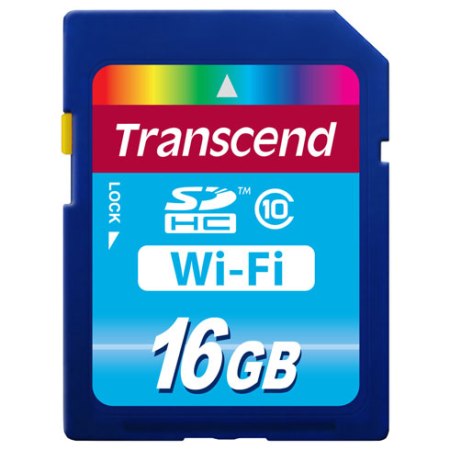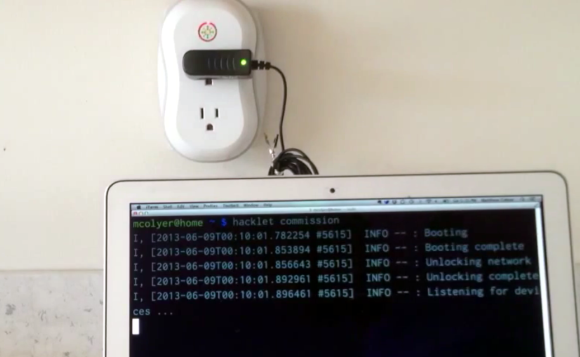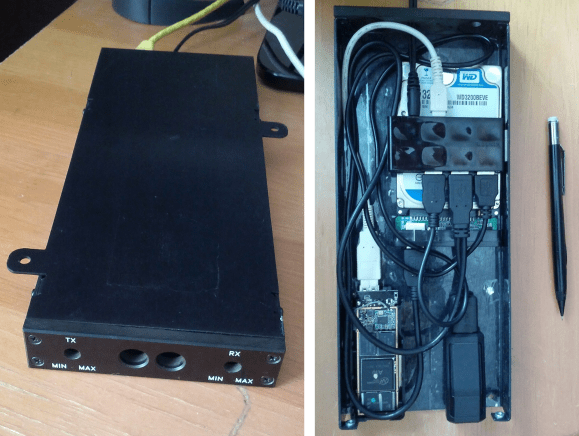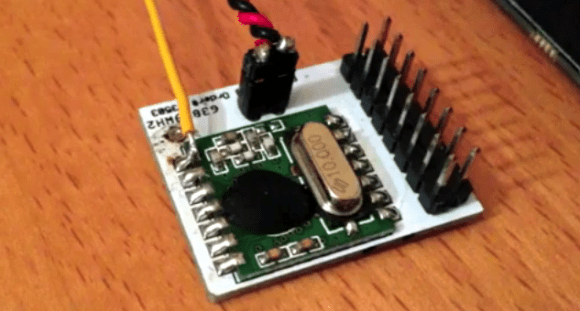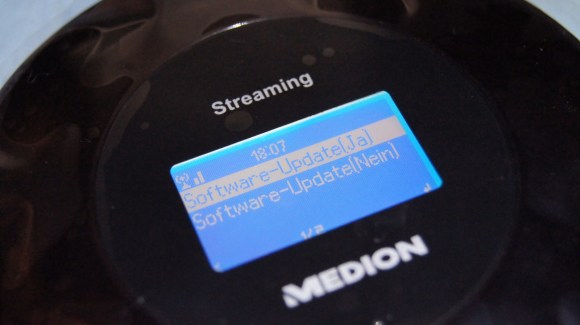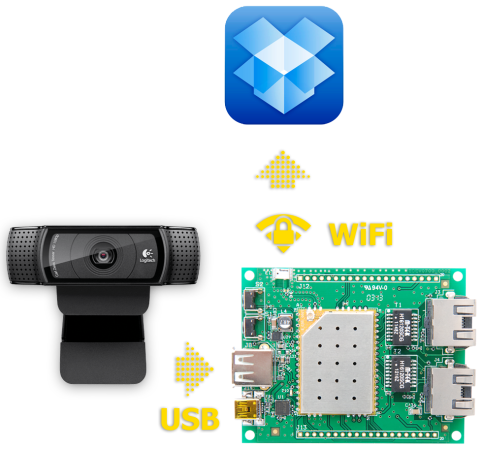[Pablo] is a recent and proud owner of a Transcend WiFi SD Card. It allows him to transfer his pictures to any WiFi-enabled device in a matter of seconds.
As he suspected that some kind of Linux was running on it, he began to see if he could get a root access on it… and succeeded.
His clear and detailed write-up begins with explaining how a simple trick allowed him to browse through the card’s file system, which (as he guessed correctly) is running busybox. From there he was able to see if any of the poorly written Perl scripts had security holes… and got more than he bargained for.
He first thought he had found a way to make the embedded Linux launch user provided scripts and execute commands by making a special HTTP POST request… which failed due to a small technicality. His second attempt was a success: [Pablo] found that the user set password is directly entered in a Linux shell command. Therefore, the password “admin; echo haxx > /tmp/hi.txt #” could create a hi.txt text file.
From there things got easy. He just had to make the card download another busybox to use all the commands that were originally disabled in the card’s Linux. In the end he got the card to connect a bash to his computer so he could launch every command he wanted.
As it was not enough, [Pablo] even discovered an easy way to find the current password of the card. Talk about security…

